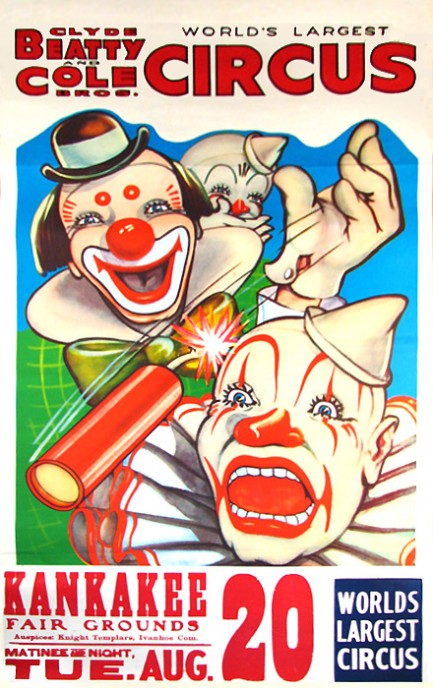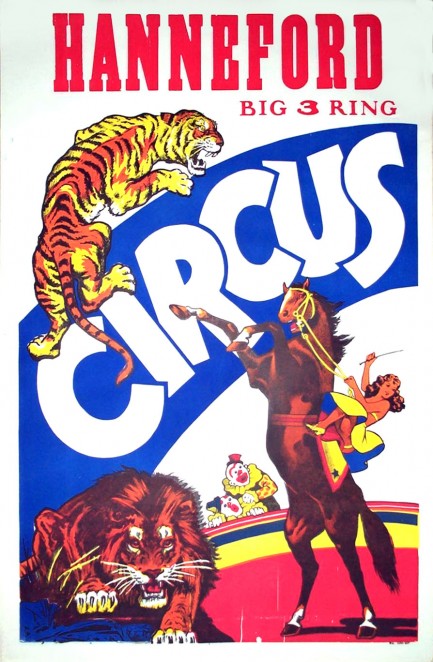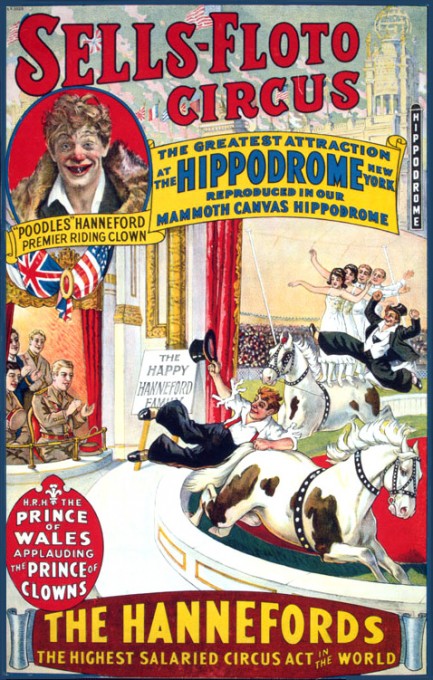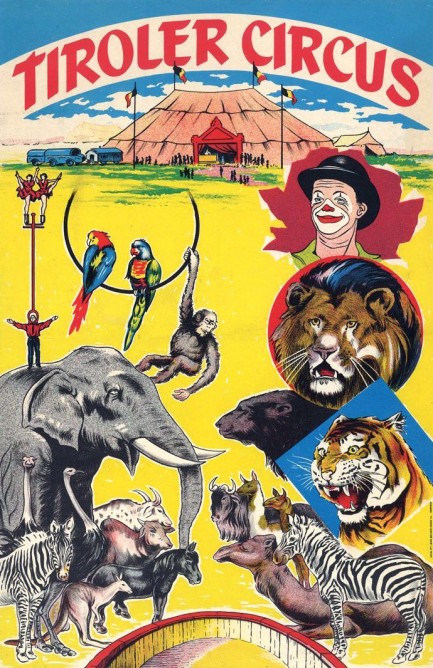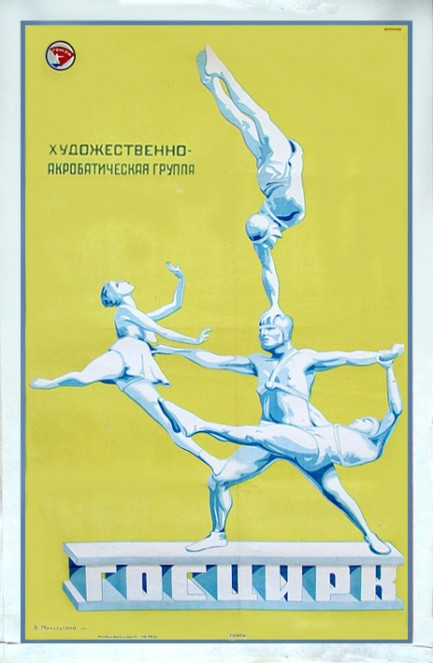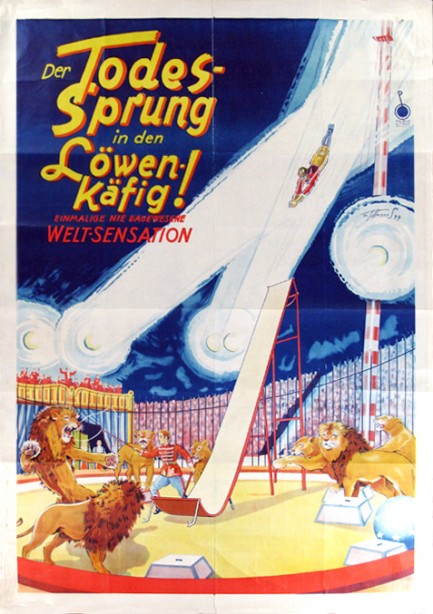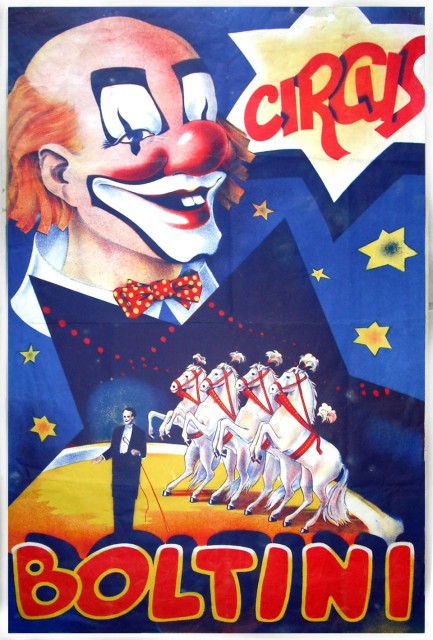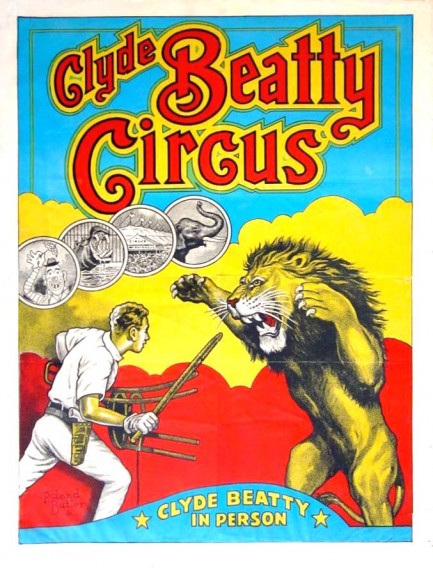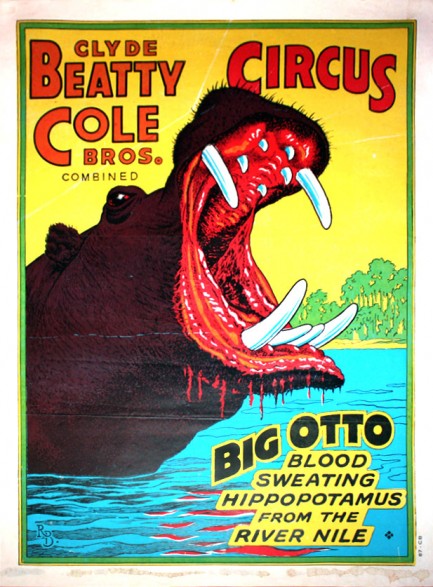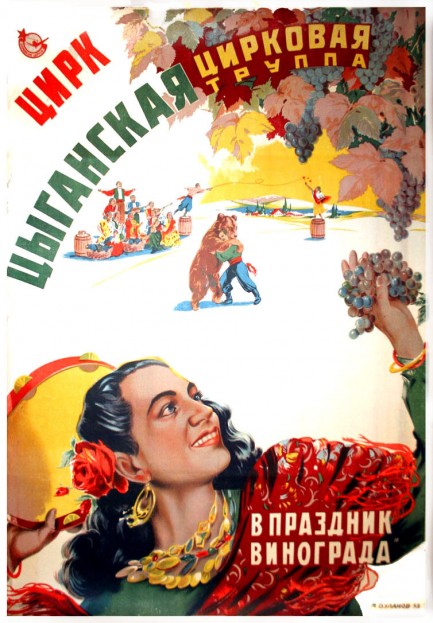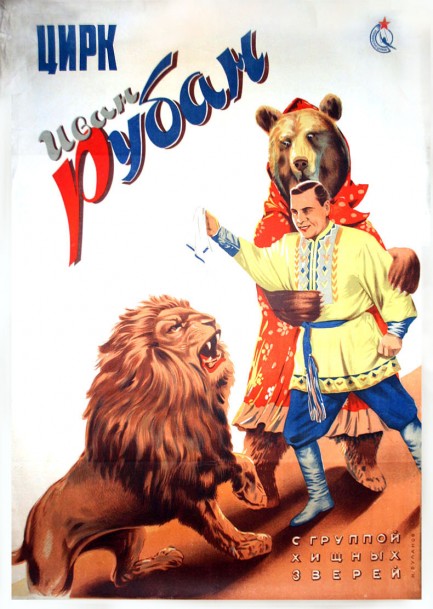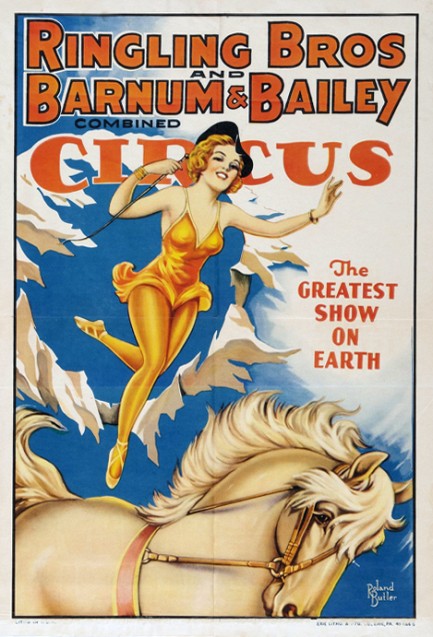| Femmes Fatales | Aug 5 2021 |

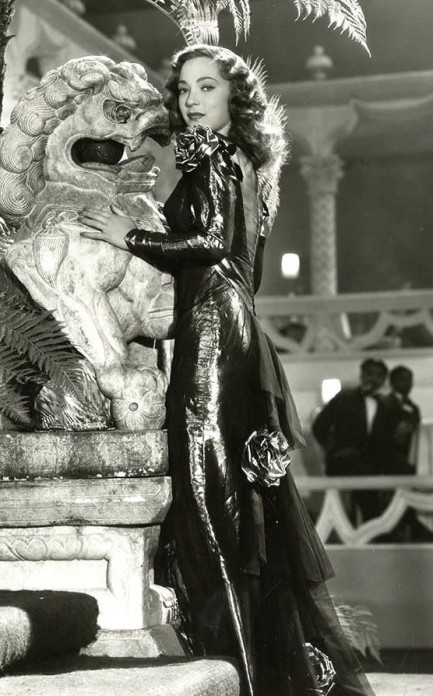
| Vintage Pulp | Mar 3 2021 |

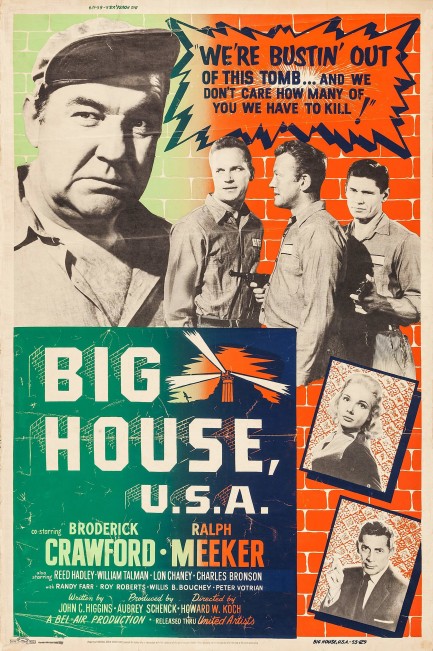
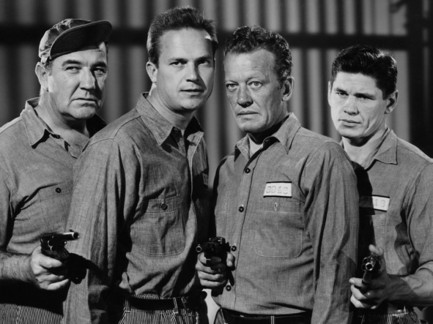 After we bust outta this joint, what do you say we form a boy band? Charles knows three guitar chords and I can sing.
After we bust outta this joint, what do you say we form a boy band? Charles knows three guitar chords and I can sing.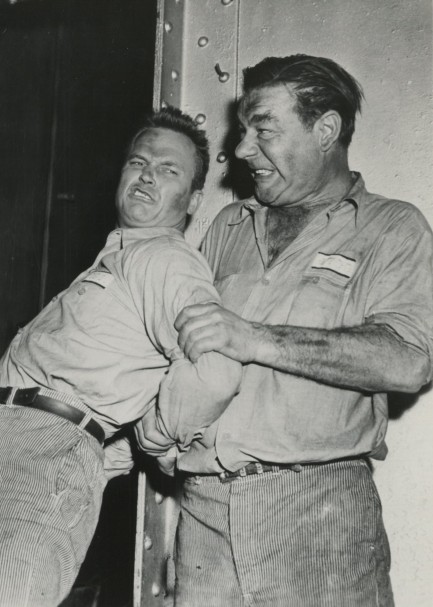 What are you mad at me for? Is it my fault the babes like singers best?
What are you mad at me for? Is it my fault the babes like singers best?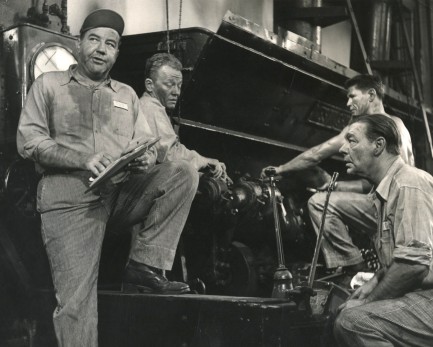 Fuck this. Between Meeker and Bronson I'm getting no action at all. I'm starting a solo career. I heard there's a thing called Auto-Tune that'll keep even my singing voice in pitch.
Fuck this. Between Meeker and Bronson I'm getting no action at all. I'm starting a solo career. I heard there's a thing called Auto-Tune that'll keep even my singing voice in pitch.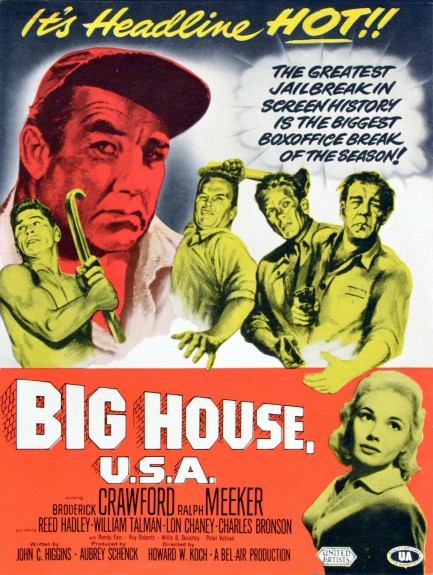
| Vintage Pulp | May 12 2019 |

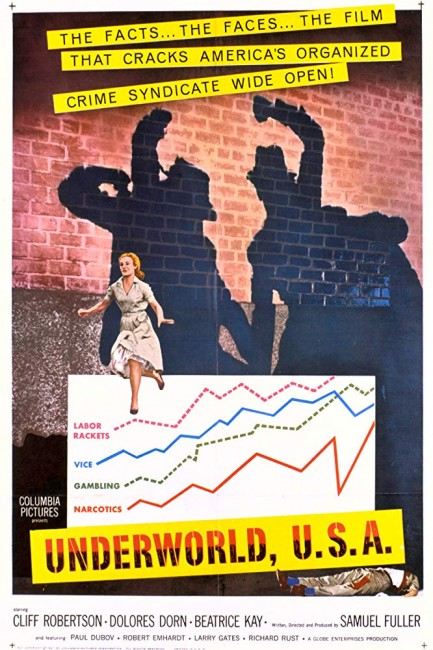
It's interesting that on many websites Underworld U.S.A. isn't classified as a film noir. But it has most of the elements—overriding sense of doom, moral ambiguity, police corruption, scenes in bars, copious shadows, rain slick streets, extreme close-ups, et al. And Fuller had previously helmed the excellent 1953 film noir Pickup on South Street. But often you'll see Underworld U.S.A. slotted as a drama or melodrama. Well, it's definitely those. Viewers will see that Fuller, who was influenced by pulp novels and tabloids, had a unique vision. While Underworld U.S.A. doesn't stand up against the best film noir has to offer, it's successful on its own terms. It premiered in New York City today in 1961.

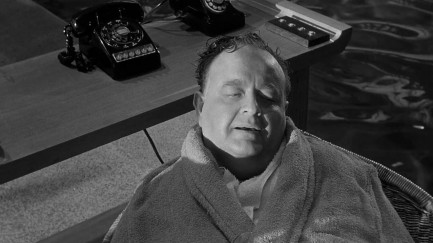
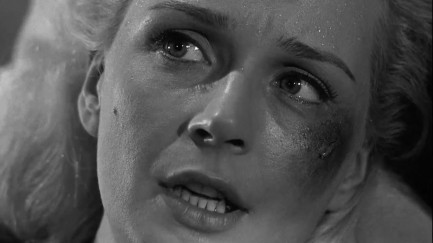
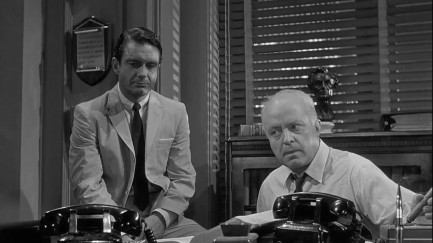
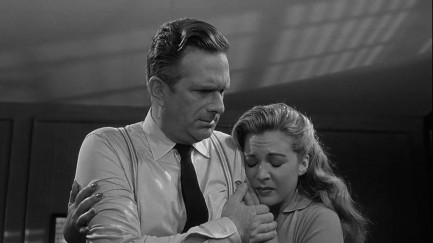
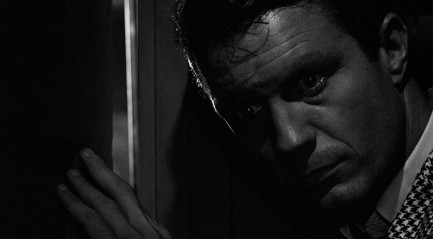

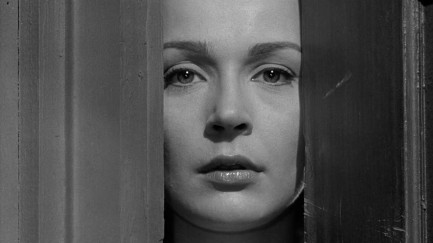
| Modern Pulp | Aug 1 2017 |

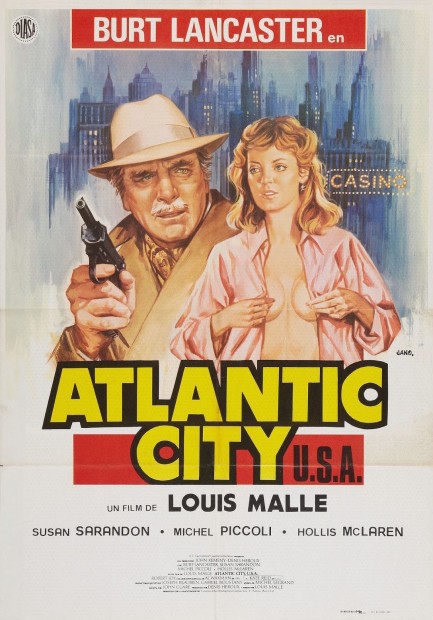
Not only did Atlantic City, U.S.A. win the Golden Lion at the Venice Film Festival, it's one of the few movies to be nominated for all five major Academy Awards—Best Actor (Burt Lancaster), Best Actress (Susan Sarandon), Best Director, Best Picture, and Best Screenplay. With a résumé like that we don't have to tell you the movie is good. Watch it. You'll like it. The woman on the poster, by the way, looks nothing like Susan Sarandon, but it was early in Sarandon's career, and we suspect Jano wasn't too invested in getting her likeness correct. It was within his capability, certainly—his Lancaster looks great. We don't know why he got Sarandon wrong. Considering how famous she eventually became, we have a feeling he wished he'd done better.
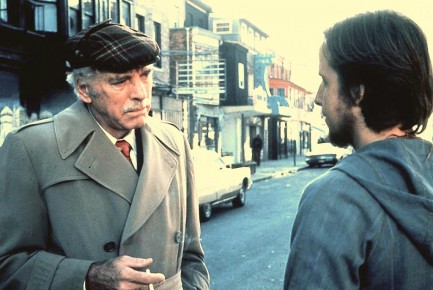

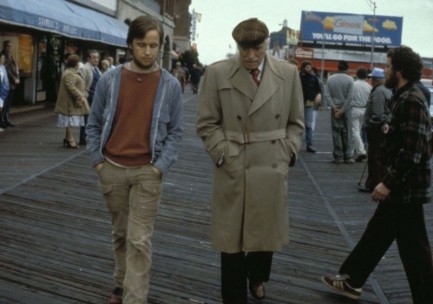
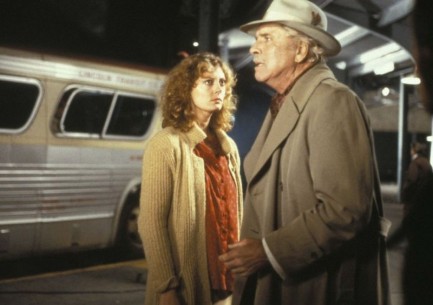
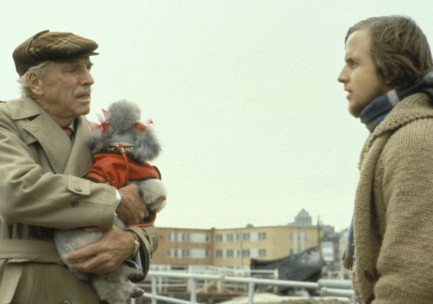



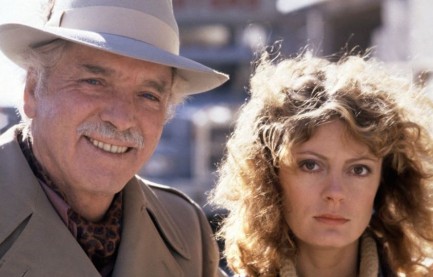
| Intl. Notebook | Jun 6 2014 |

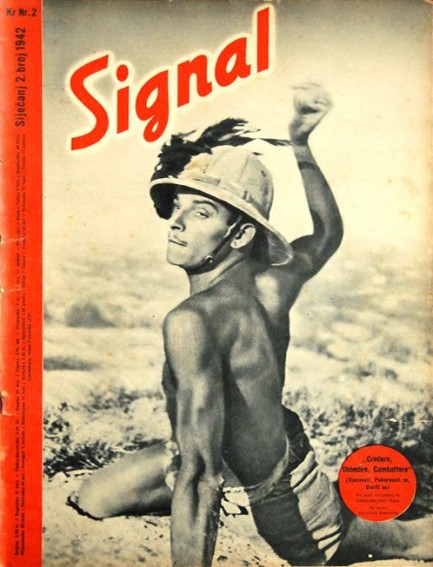
Today is the 70th anniversary of D-Day—the Allied landings in Northern France—and since most observances take the same form, we thought it would be a good opportunity to look at the event from a different angle by sharing something you might not see anywhere else. So above and below are some front and back covers of Signal, a German propaganda magazine printed from 1940 to 1945 and distributed in neutral, friendly, and occupied countries. These are from Yugoslavia, and their text is Croatian. Glancing at the images is to marvel at the always yawning chasm between propaganda and reality, for though Signal showed Hitler’s soldiers defeating foes while winning hearts and minds, when most of these were printed his army was not only the most hated entity in the Western world, but was already in the process of being fatally smashed in the crucible of a bitter Russian winter against a hardened foe that had always considered ice, snow, wind and frostbite its most important allies.
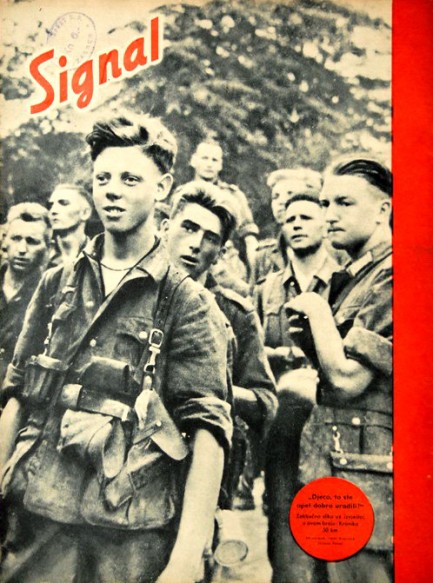
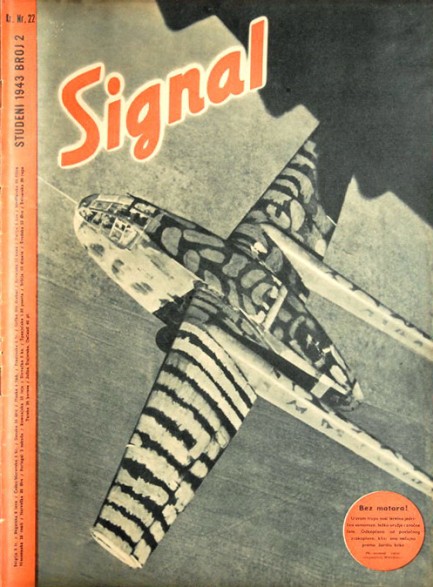
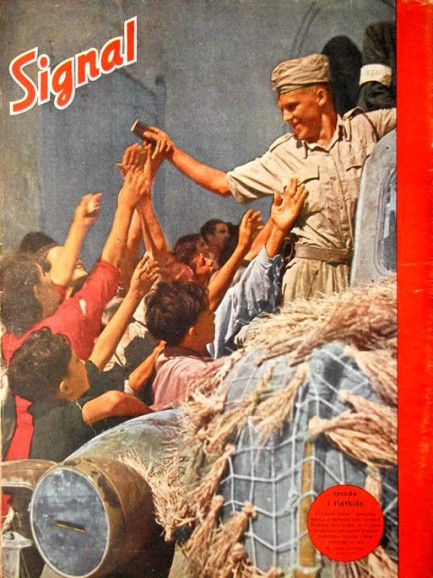
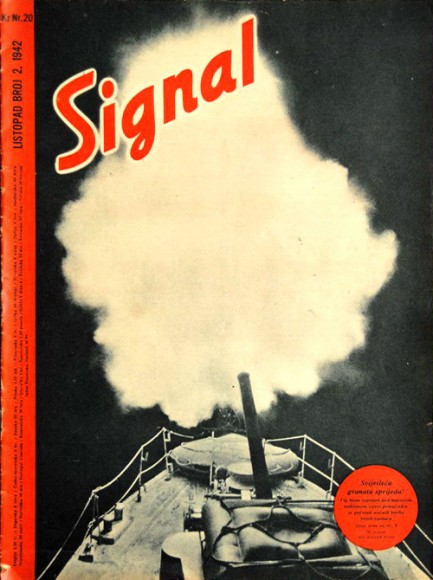
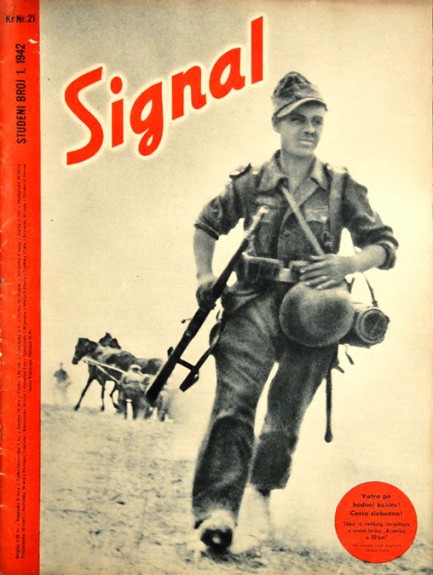
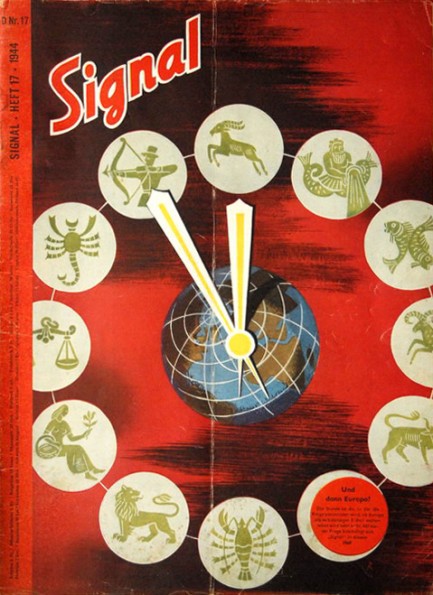
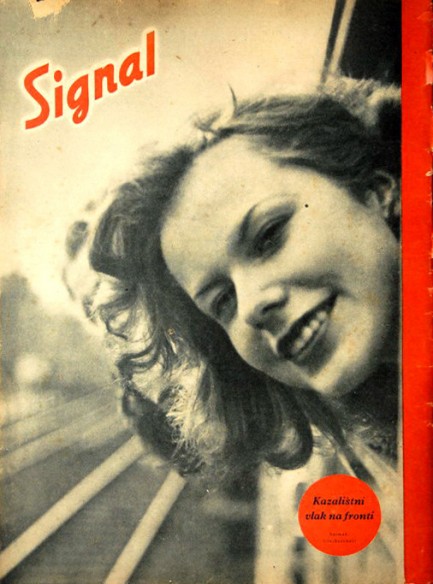
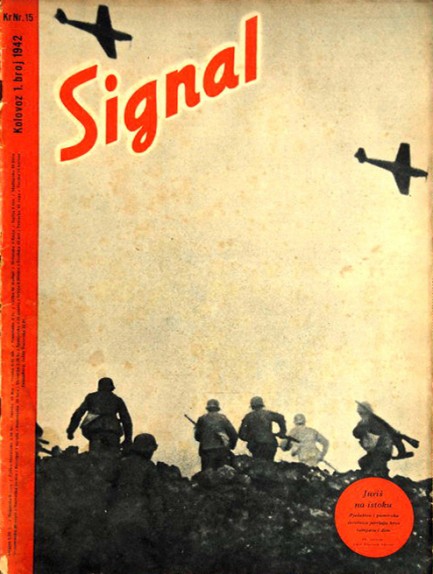
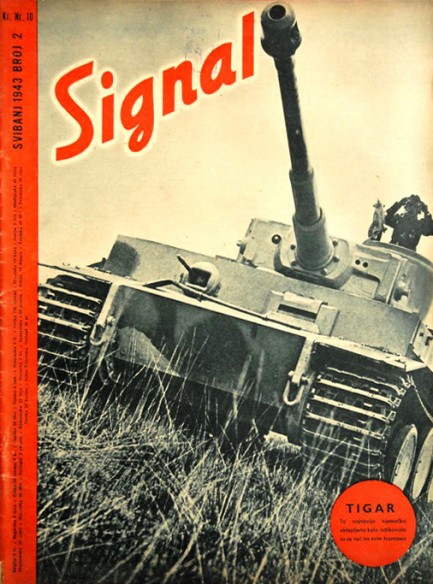
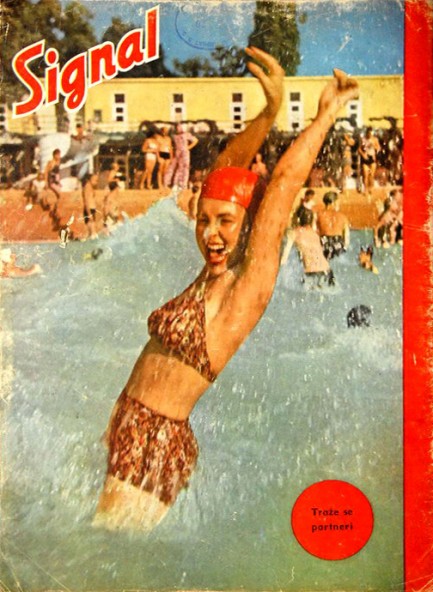
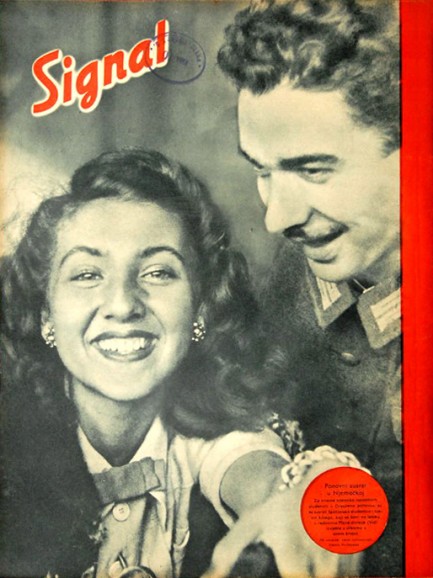
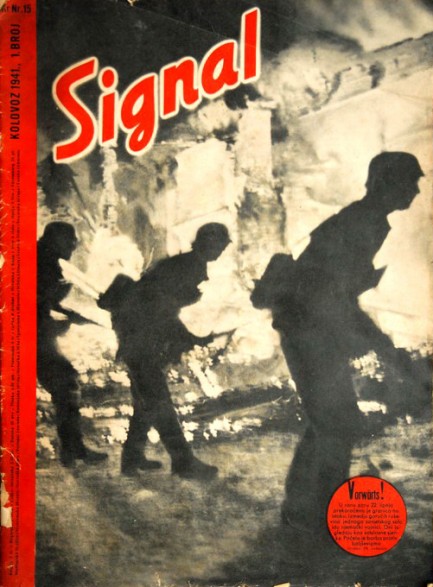
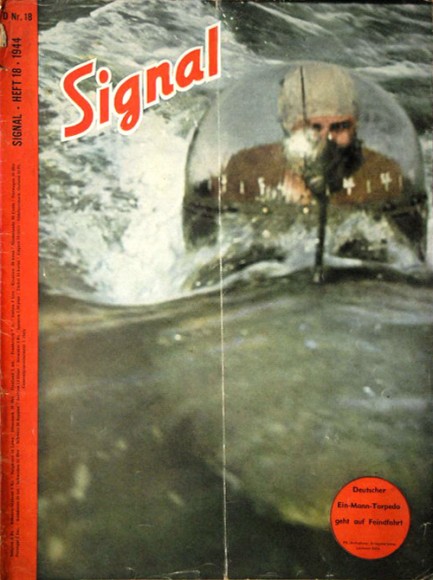
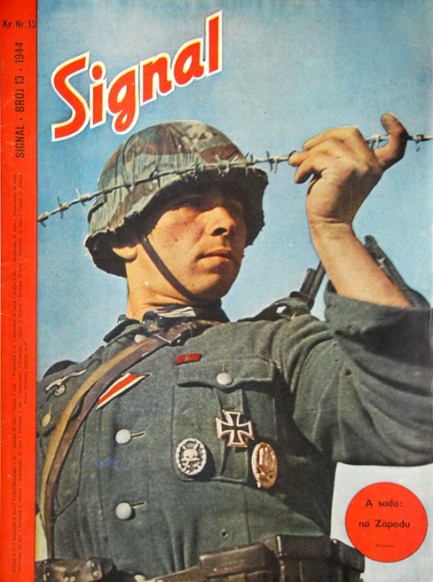
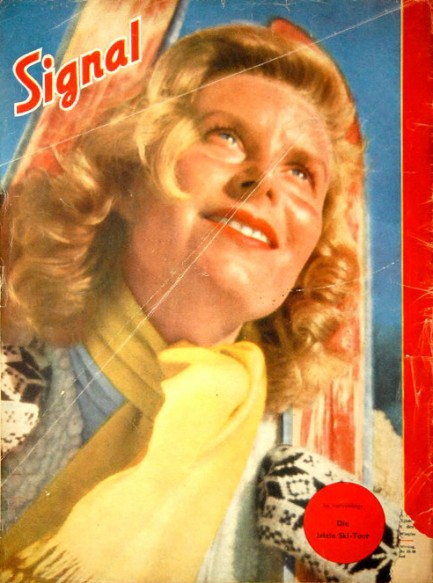
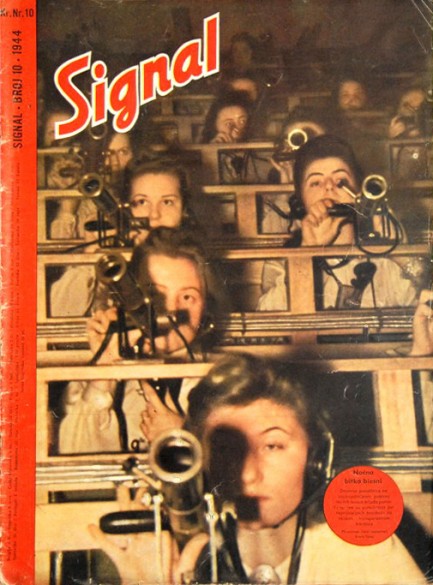
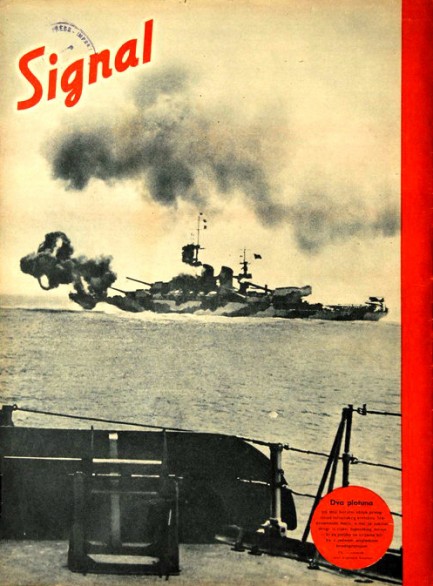
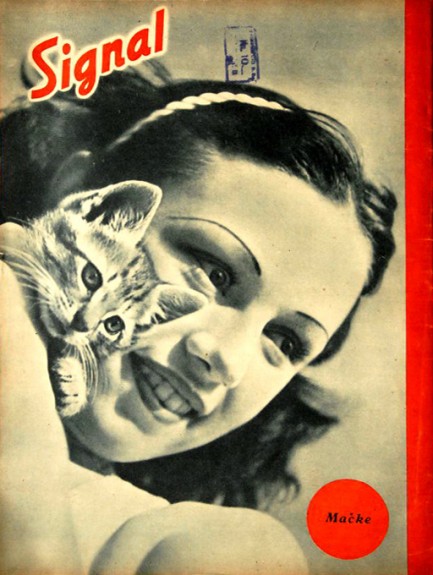
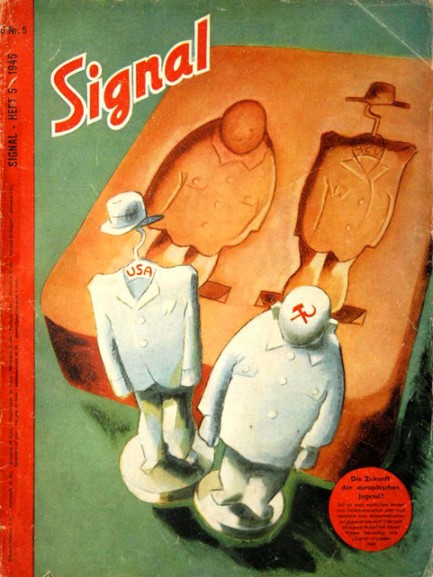
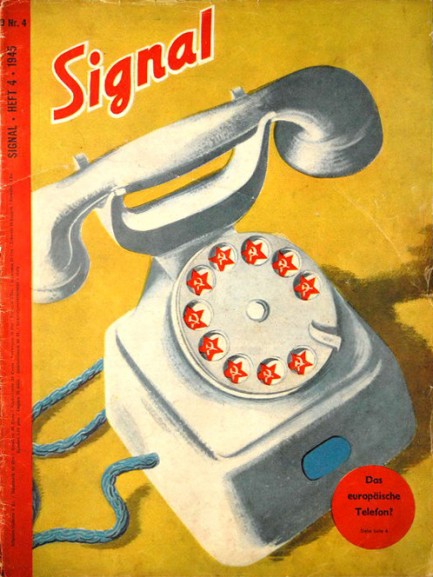
| Intl. Notebook | Jul 30 2013 |

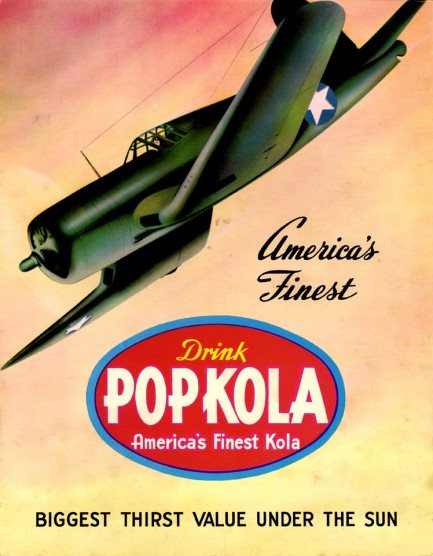
Something a little different today, above is a poster produced by the American soft drink brand Pop Kola touting their beverage as the biggest thirst value under the sun. Though this poster uses a World War II motif, the brand was launched as a subsidiary of Hub City Bottling Works in Jackson, Tennessee way back in 1919, and seems to have survived at least into the early 1970s. We only know the latter because we came across a newspaper story about Pop Kola sponsoring NASCAR star James Hylton during his last year as a full-time professional racer in 1972. He was excited about the partnership, calling it the best deal he ever had. As far as how far beyond 1972 Pop Kola lasted, we don’t know. It was a bit before our time. In any case, we always enjoy WWII memorabilia, and this poster featuring the elegant, gull-winged Corsair fighter plane caught our eye. It seems like an aggressive image for selling soda, but we’re sure it was well received at the time.
| Intl. Notebook | Jun 26 2013 |

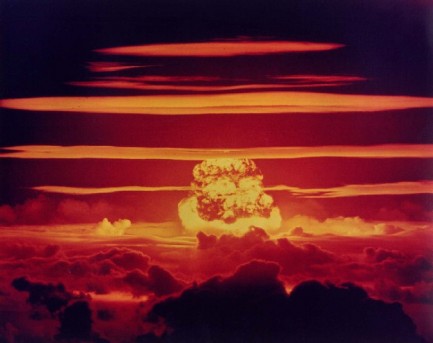
This is one of the more famous images of a nuclear detonation, a shot of the American blast codenamed Dakota, which was part of Operation Redwing, conducted at Bikini Atoll, Marshall Islands, today in 1956. The layered effect you see is sometimes called a Wilson cloud, and consists of water vapor condensed out of the atmosphere by rarefaction, an aftereffect of a shockwave traveling through humid air. In order to perform tests on Bikini Atoll, about 200 Micronesian inhabitants were forced to relocate. They and their descendants hope to return one day, but as of now their home is still too contaminated with radiation.
| Intl. Notebook | Feb 18 2013 |

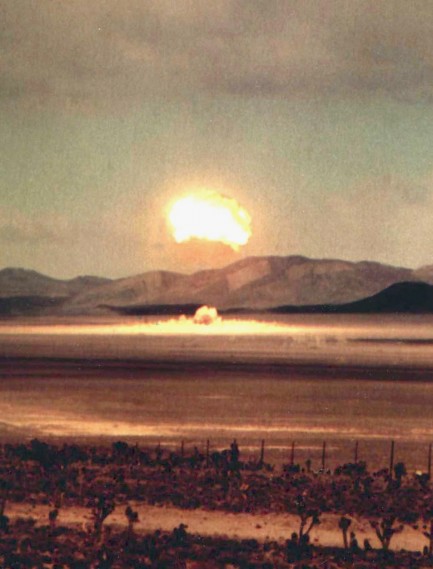
Above, a photo of the American nuclear test codenamed Wasp, part of Operation Teapot, detonated at the Nevada Test Site today in 1955
| Intl. Notebook | Dec 6 2012 |

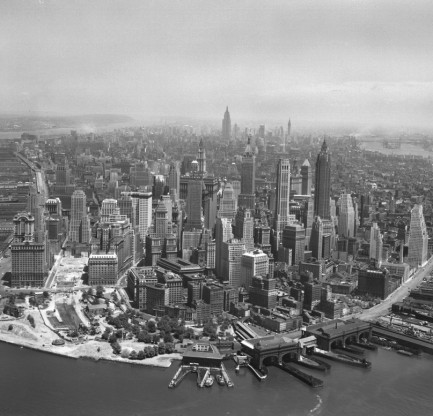
Above is a photo of Manhattan, New York City, in the year 1947, looking from Battery Park toward midtown. Here you see everything—the Staten Island Ferry Building at bottom, Wall Street to the right, the 59th Street Bridge crossing Welfare Island at upper right, and in the hazy distance, the Empire State Building—at that time arguably America’s most recognized symbol. In the aftermath of a war that had destroyed Europe’s and Japan’s industrial capacity, the U.S. was the unquestioned power on the planet, with massive economic might, a military that had taken up permanent residence in dozens of countries, and a growing stock of nuclear weapons. Two years later the Soviets would detonate their first nuclear bomb, shaking the American edifice to its foundation. Meanwhile, all around the world, the seeds of change were taking root. Below is a look at the world as it was in 1947.
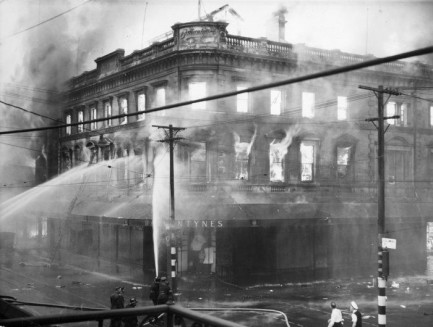
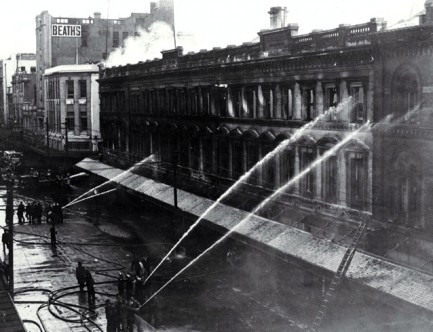
Firemen try to extinguish a blaze in Ballantyne’s Department Store in Christchurch, New Zealand.
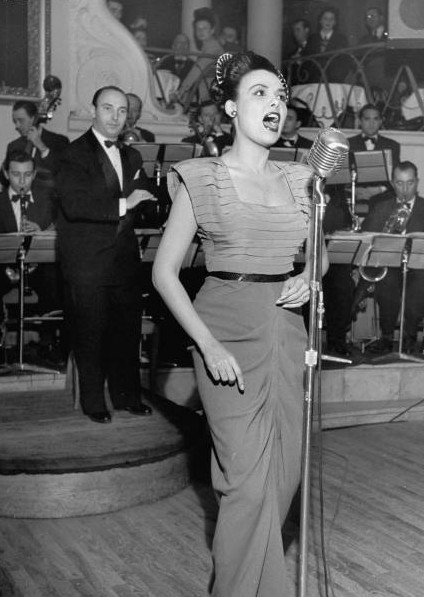
American singer Lena Horne performs in Paris.

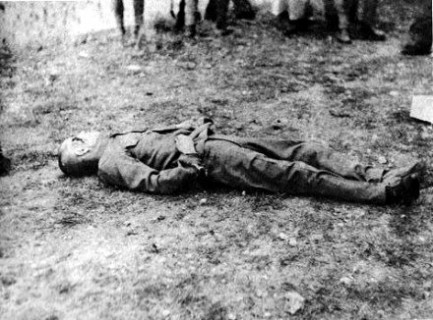
The hustle and bustle of Hong Kong, and the aftermath of the execution of Hisakazu Tanaka, who was the Japanese governor of occupied Hong Kong during World War II.
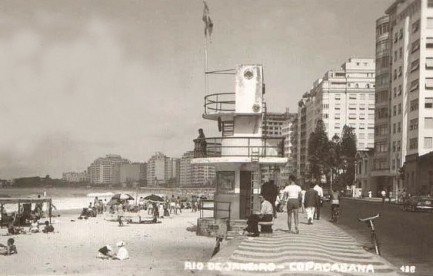

Sunbathers enjoy Copacabana Beach in Rio de Janeiro, and a military procession rumbles along Rua Catumbi.
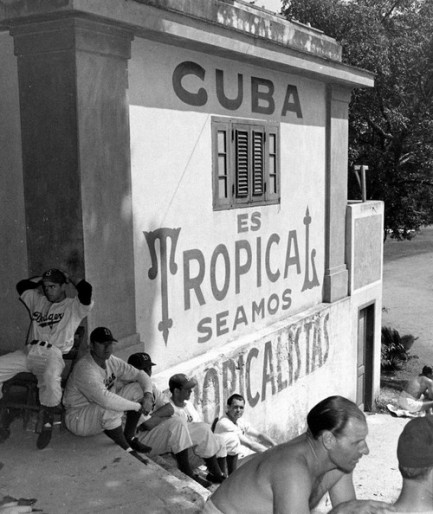
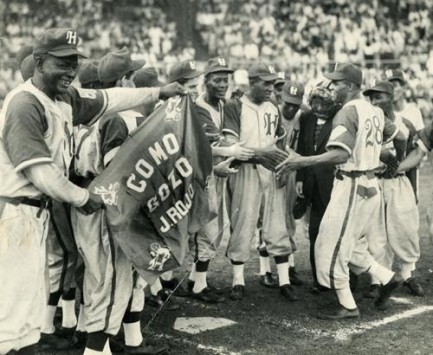
Assorted Brooklyn Dodgers and manager Leo Durocher (shirtless in the foreground) relax at Havana, Cuba’s Estadio La Tropical, where they were holding spring training that year. Second photo, Cuban players for the Habana Leones celebrate the first home run hit at Havana’s newly built Estadio Latinoamericano.
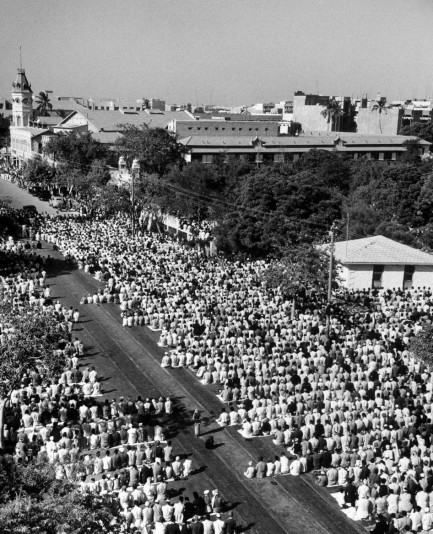
Thousands of Muslims kneel toward Mecca during prayer time in Karachi, Pakistan.
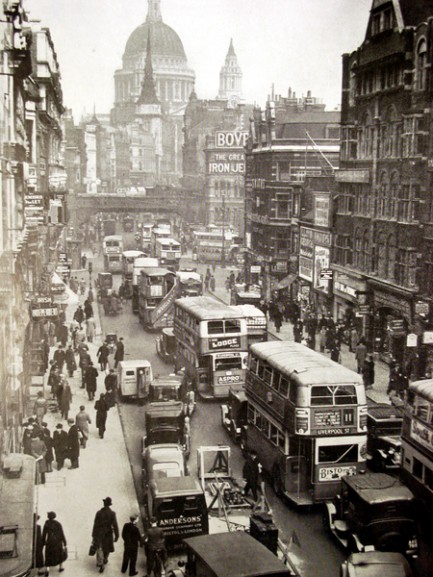
A snarl of traffic near St. Paul’s Cathedral in London.
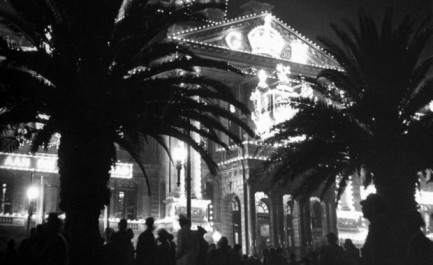
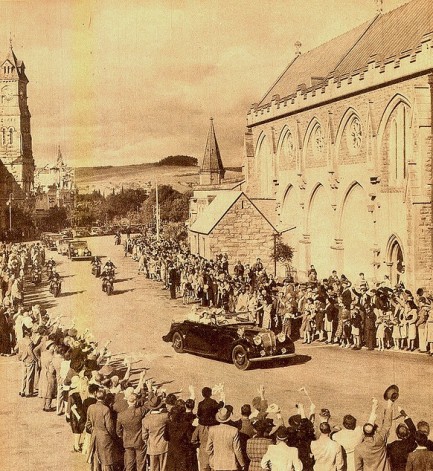
The city hall of Cape Town, South Africa is lit up to celebrate the visit of the British Royal Family. Second photo, during the same South African trip, the royals are welcomed to Grahamstown.


A wrecked fighter plane rusts in front of Berlin’s burned and abandoned parliament building, the Reichstag. Second photo, a shot of ruins in Berlin’s Tiergarten quarter, near Rousseau Island.
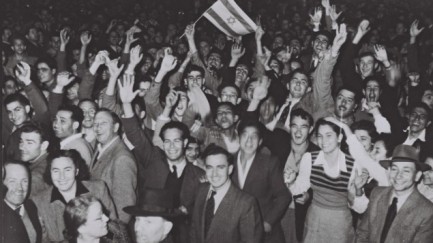
A crowd in Tel Aviv celebrates a United Nations vote in favor of partitioning Palestine.
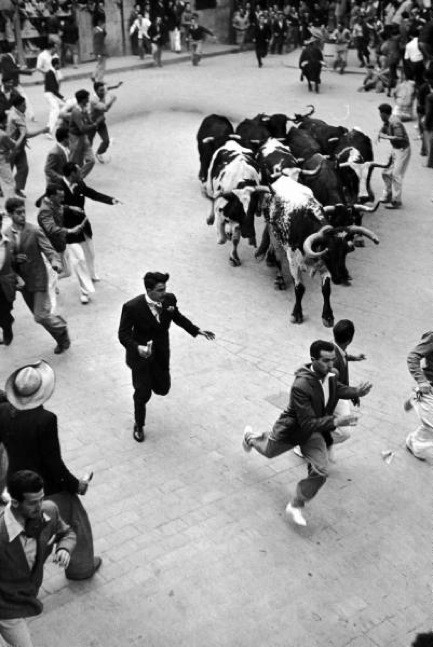
Men and bulls run through the streets of Pamplona, Spain during the yearly Festival of San Fermin.
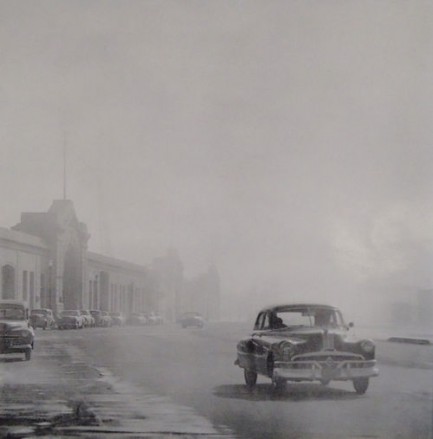
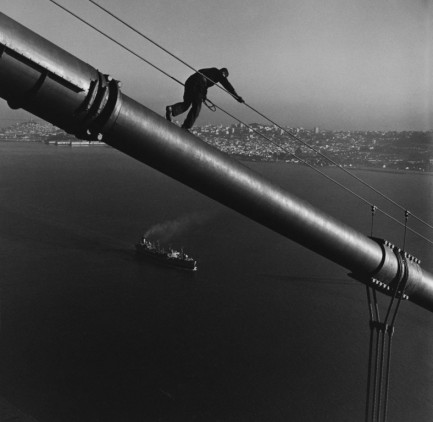
Fog rolls across the Embarcadero in San Francisco; a worker descends from a tower of the Golden Gate Bridge.
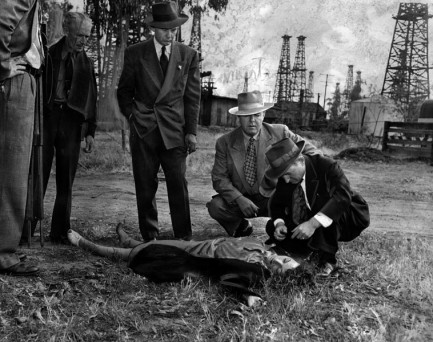
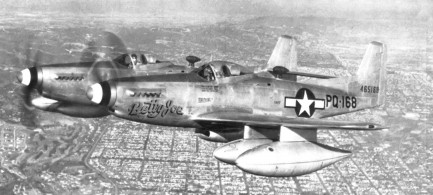
Detectives study the body of a woman found murdered in Long Beach, California. Two P-51 Mustang fighters fly above Los Angeles.
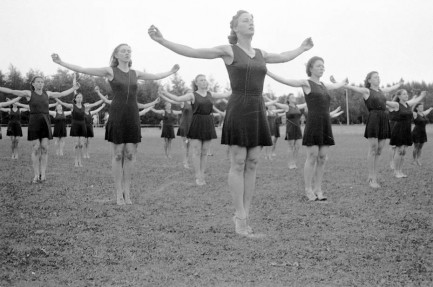
Danish women from Snoghøj Gymnastics School practice in Odense.
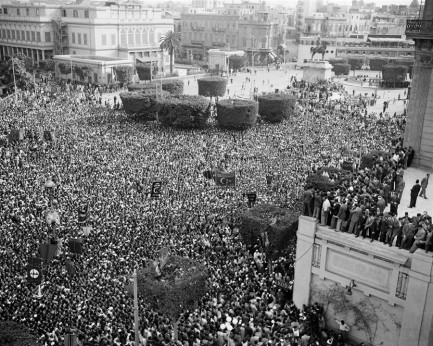
Tens of thousands of protesters in Cairo demonstrate against the United Nations vote in favor of partitioning Palestine.
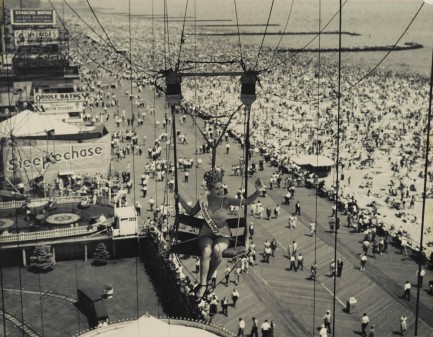
A beauty queen draped with a sash that reads “Modern 1947” is lifted high above the boardwalk in Coney Island, New York.
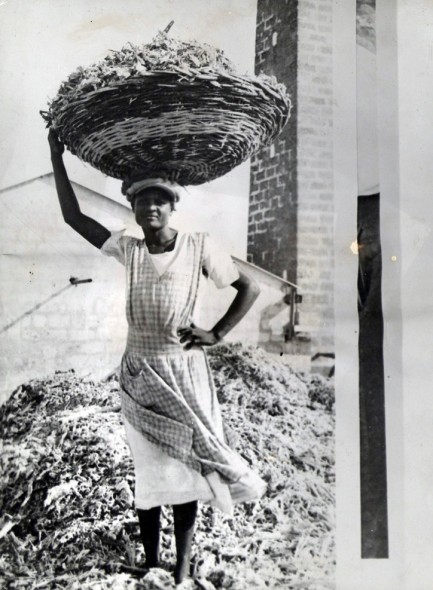
A woman in Barbados holds atop her head a basket filled with fibers meant for burning as fuel.
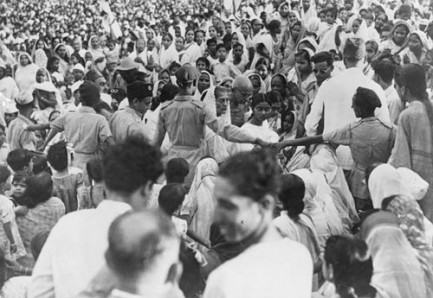
Mahatma Gandhi, his bald head barely visible at upper center, arrives through a large crowd for a prayer meeting on the Calcutta Maidan, India.
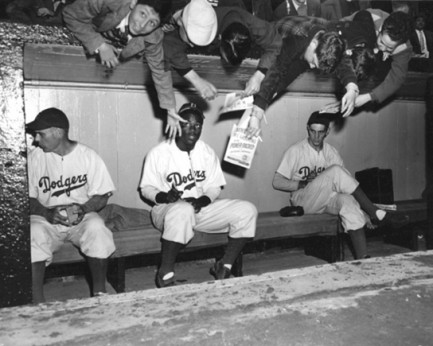
Major League Baseball player Jackie Robinson is hounded for autographs in the dugout during a Brooklyn Dodgers game.
| Intl. Notebook | Jun 22 2012 |

Ever notice how often pulps and noirs are centered on circuses and carnivals? We noticed it too, which is why we put together a collection of circus posters from the U.S.A., Belgium, Holland, Britain, the Soviet Union, et.al., circa 1930s to 1960s. Which circus would we see? The dynamite tossing clowns just below are enticing, but Big Otto the blood-sweating hippopotamus is by far the star attraction of this group. Otto and more below, and check out a collection of magic posters here.
